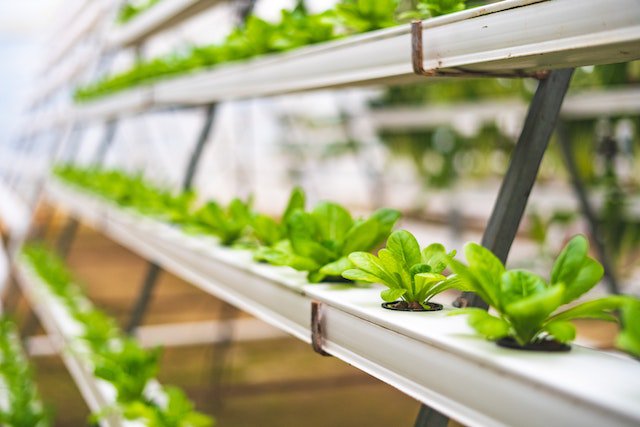It’s easy to get caught up in the high-tech conveniences and constant motion of advances in a global economy. But despite progress in business applications, academic contributions, and access to tools such as the internet, many people around the globe still live with a lack of food security.
It’s estimated that 9.9% of the population lives with malnourishment. And with the impacts of Covid-19 and the war in Ukraine, food insecurity will likely grow in the short term.
Below, we’ll explore the factors impacting food insecurity and identify how innovation can help feed the world.
Reduction of Inputs
Covid-19 impacted the world’s food supply chain, and the war in Ukraine reduced fertilizer inputs. As Russia and Eastern Europe control many inputs, such as potash and urea, these fertilizer components have become scarcer. These shortages have combined with other supply chain issues to reduce access to vital fertilizer components.
In addition, rising inputs and transportation costs have resulted in many countries removing acreage from planting cycles, further reducing supply and raising the cost of food.
Innovation in Ag Tech
Necessity often spurs innovation. In the case of food security, innovation in agricultural technology (ag tech) can help manage existing resources and provide access to fertilizer alternatives.
Here are some of the ways innovation is driving solutions to food insecurity:
Vertical Farming
Vertical farming comprises hydroponic and aquaponic gardens that focus on cubic instead of square acres. On a scale of many factors, these soilless farms are more productive per square foot than a traditional farm.
Vertical farming in controlled environments allows faster growth, significantly reduced water usage, higher yields, and needs no pesticides. This method of growing crops opens the door to control systems, precision metering, and other technologies that may not have been available to sell into the farming industry.
IoT and Artificial Intelligence
When businesses think of IoT applications for their products and services, they think of consumer devices or factory automation with IIoT applications. But the innovation of IoT and AI technologies for traditional farming presents enormous opportunities for innovation.
Soil sensors can measure nutrient content and moisture to optimize fertilizer application rates. Satellite imagery and software can enable farmers to adjust irrigation patterns and rates to deliver only the water needed for growth.
Sensors, drones, software, and more can work together in real-time to help manage agricultural resources such as water, reduce labor for farm management, and use real-time AI-driven insights to manage production.
Precision Agriculture
Precision agriculture seeks to achieve minimal to zero impact on the environment. Using cloud-based analytics and access to real-time farm data, strategies can be developed to better manage fertilizer, livestock, and other resources.
This approach can help farms provide only what is needed on a per-crop-type or per-livestock-type basis. Data can be analyzed for geographic, regional, and local differences so that only what is needed is delivered.
Big Data
Just as big data and analytics are transforming urban planning, manufacturing, and service industries, they’re also transforming farming. Real-time data and historical performance insights can enable an ecosystem of prescriptive and predictive models that drive optimized farm practices.
How Can Your Business Innovate to Service Ag-Tech?
Food security is imperative. Entrepreneurs and new businesses who may not have thought of positioning their products and services to ag tech now have a unique opportunity to use non-farm technology and services to help alleviate food insecurity while expanding into new markets.
It’s not always easy to see how to penetrate new markets. The Henry Bernick Entrepreneurship Centre at Georgian College specializes in innovation, entrepreneurship, and mentorship for new and emerging entrepreneurs and business owners.
To learn more about how we can help you innovate to serve this critical market, even if your core products may not have been designed with ag tech in mind, contact us.










